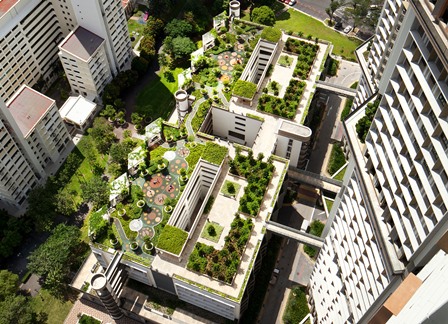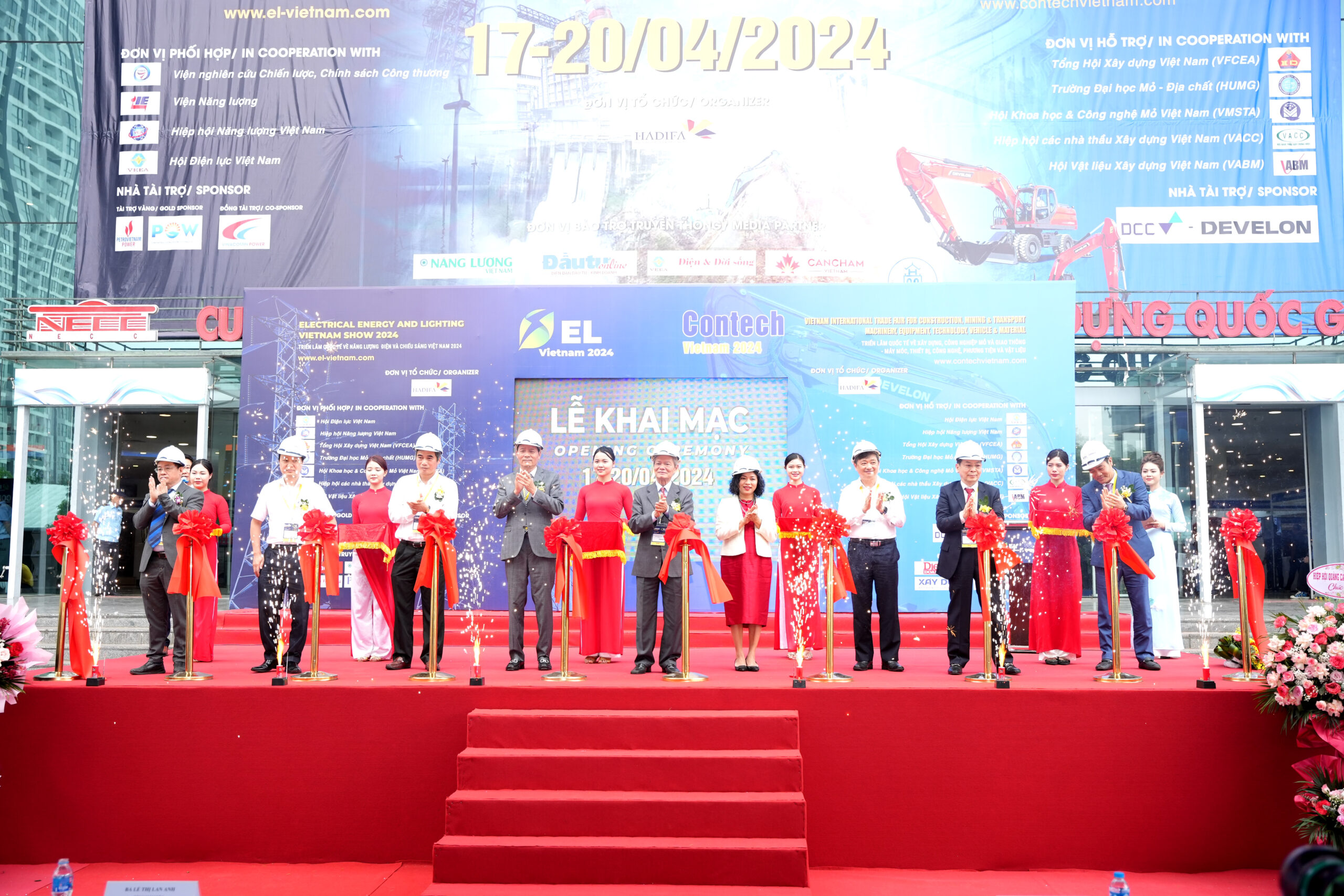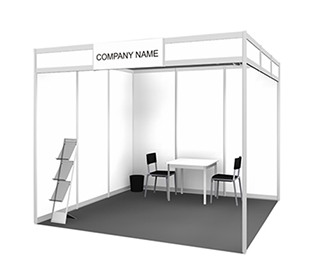The Potential of Vietnam’s Rare Earth Elements: Opportunities for Negotiation, “Finding Partners” for Cooperation
It is important to maintain a balanced perspective when considering the potential of Vietnam’s abundant rare earth resources and their actual value, influence, and position within the Vietnamese economy. While the country has approved a mineral exploitation plan until 2030 that aims to extract approximately 2 million tons of raw rare earth ore per year, it is crucial not to be excessively optimistic or pessimistic about the outcome.
Vietnam currently possesses the world’s second-largest reserves of rare earths, estimated at 22 million tons, trailing behind China with 44 million tons. The utilization of this strategic resource is driven by both the demand for its strategic importance and the economic competition between China and Western countries. To gain a comprehensive understanding of rare earths, experts in the mining field will contribute their insights to assess Vietnam’s actual potential in this sector and explore the most effective ways to utilize this resource.
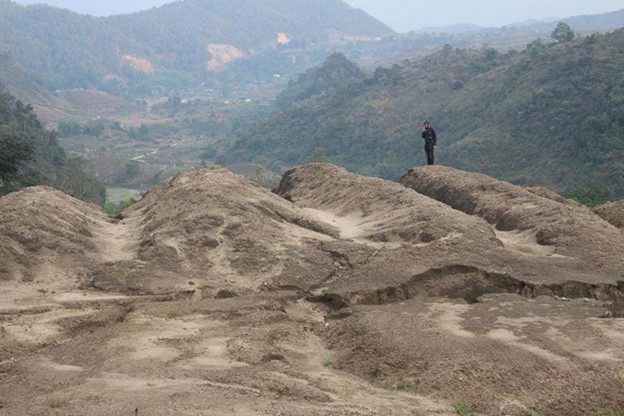
Rare earth mining area in Tam Duong district, Lai Chau province.
Associate Professor and Doctor Nguyễn Phương, the Permanent Vice Chairman of the Vietnam Economic Geology Association, holds an objective and cautious perspective when it comes to resources, particularly rare earths, which are often referred to as the “vitamin of the modern industry.” With over 50 years of research experience in the field of minerals, including rare earths, Dr. Nguyễn Phương offers valuable insights and proposes an approach to managing these crucial resources.
Understanding oneself is the true path to progress.
Vietnam finds itself at a critical juncture in harnessing its rare earth resources, which rank as the second-largest globally. The ongoing trade tensions between major economic powers, along with geopolitical and geo-economic conflicts, have elevated rare earths to the status of a strategic commodity for countries with high demand. The need to diversify supply sources and forge reliable partnerships has garnered widespread consensus among economists, scientists, and the general public. However, in order to navigate this opportunity successfully, it is essential to first comprehend Vietnam’s position on the global map of mineral resources and technology.
Associate Professor and Doctor Nguyễn Phương explains that the reported figure of 22 million tons of rare earth reserves/resources, particularly emphasized by organizations like the United States Geological Survey, is calculated based on three key factors: geological reliability assessment, feasibility studies (related to extraction and processing), and economic viability. However, Vietnam’s approach to assessment slightly differs, particularly regarding economic viability, when compared to countries with well-established mining industries.
In Vietnam, economic viability is primarily determined based on industrial indicators proposed by licensed exploration units. These indicators take into account exploration documents, research findings on technological samples, and comparisons with similar mines, all of which are scrutinized and acknowledged by the mineral reserve assessment council. This forms the basis for identifying industrial ore bodies and calculating mineral reserves/resources in the ground.
Consequently, the challenge lies in translating the 22 million tons of reserves/resources in the ground into economically viable mining reserves, considering Vietnam’s unique circumstances. Nonetheless, certain mines or sections of mines, such as Đông Pao (old project), Bắc Nậm Xe, Nam Nậm Xe, Nam Đao, and Yên Phú (already granted), have been identified as meeting the necessary conditions for large-scale exploitation. These mines are included in the exploitation plan for the period of 2021-2030, with a vision towards 2050, as outlined in the Prime Minister’s Decision No. 866/QD-TTg.
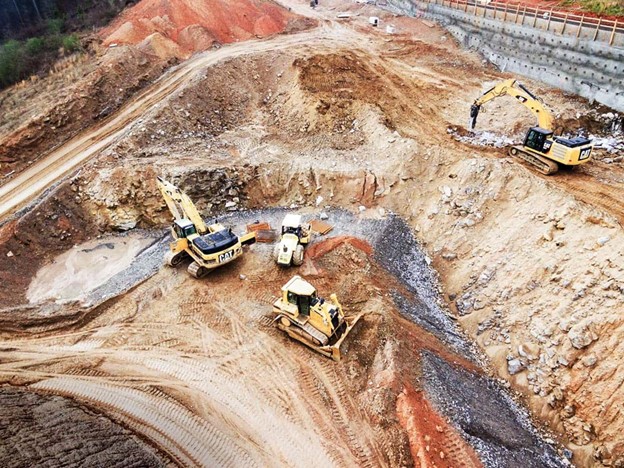
According to the plan, the total mining output for the period 2021-2030 and vision towards 2050 will reach about 2,112 million tons of crude ore each year.
Vietnam currently faces challenges in terms of technology mastery for refining rare earth minerals, particularly in the separation of individual rare earth elements. The Bắc Nậm Xe mine, which is seeking an exploitation license, may require cooperation with foreign countries to achieve an ore purity of 95% or higher. While Vietnamese scientists have achieved a refining ratio of rare earth oxide ores of 45-60-70% and even higher in laboratory settings, scaling up from the laboratory to pilot and industrial levels will take additional time.
Given the current circumstances, Vietnam should seize the opportunity to cooperate with countries possessing advanced rare earth mining and processing industries. Technology transfer from these countries can significantly expedite the process. The focus for Vietnam is to advance towards the separation of individual rare earth elements from enriched oxides exceeding 95% or even 99%. Thus, it is crucial to leverage cooperation negotiations in rare earth mining and processing, ensuring that explicit terms are outlined in contracts between Vietnamese enterprises and foreign partners.
In terms of human resources, Vietnam has been researching rare earths since the late 1970s and has placed emphasis on training personnel for the industry. Specialized education in mining and mineral processing is available at universities in Vietnam, such as the Mining Engineering Department at the University of Mining and Geology, which boasts a history of over 50 years. Additionally, Vietnamese staff have been sent abroad for training in these fields. However, the practical the rare earth sector among Vietnam’s workforce remains limited, with a focus on theoretical and laboratory-based knowledge. This gap can be addressed through cooperation projects with foreign businesses, and it is essential that contracts include requirements for human resource training.
Another crucial aspect is for Vietnam to identify the opportunities that potential partners see in cooperating for mining, refining, and extracting rare earth elements from Vietnam’s resources. Associate Professor Dr. Nguyễn Phương suggests thoroughly understanding the motivations behind cooperation invitations from American, Japanese, Korean, and Australian companies, among others. The priority lies in selecting partners who are genuinely committed to developing the rare earth industry in Vietnam and ensuring that Vietnam becomes a reliable link in the global supply chain of mineral materials.
Additionally, it is crucial to evaluate the technology and the comprehensiveness of the process, from mining to the extraction of rare earth elements, that can be introduced to Vietnam. It is essential to ensure that such technologies do not pose environmental concerns. Moreover, the potential partner must be willing to collaborate in training human resources and transferring technology within an agreed-upon timeline that yields mutually beneficial outcomes for both parties.
“The demand for rare earths in the world is significant, and Vietnam holds great potential in this sector. If we can enter this market, it will have two primary advantages. Firstly, Vietnam will establish a notable position on the global map in terms of mineral resources. Secondly, when the world requires rare earths, Vietnam will have a favorable position for negotiation. We had previously missed a cooperation opportunity in the rare earth industry with a Japanese company. Therefore, we must now proactively propose commitments that aid Vietnam in completing the entire process, from mining technology to rare earth refining, as well as preparing a skilled workforce to become self-sufficient in this field. As the attractiveness of Vietnam’s rare earth resources diminishes, attracting foreign investment and achieving mastery in rare earth technology will become increasingly challenging,” emphasizes Associate Professor Dr. Nguyễn Phương.

Studying the liquid-liquid extraction process to separately partition rare earth elements at the Rare Radiation Technology Institute.
Take a closer look and consider the bigger picture.
There is a cautious and somewhat pessimistic perspective due to the discrepancy between Vietnam’s reserves/resources of rare earths and its domestic technology for exploration and processing. Some argue that the country should wait until it can fully master the necessary technology before fully capitalizing on the potential of rare earths. While this viewpoint is understandable, Associate Professor Dr. Nguyen Phuong offers a more practical outlook.
Firstly, it is important to note that in any strategy for mining and processing mineral resources, the government always considers the establishment of a national reserve for specific minerals, including rare earths. Therefore, the current exploitation of the “gold mine” of rare earths does not imply depleting all the reserves for the future.
Additionally, the Plan for exploration, mining, processing, and utilization of minerals for the period 2021-2030, with a vision towards 2050, outlines Vietnam’s intention to mine and process over 2 million tons of raw rare earth ore by 2030. This plan aims to produce approximately 60,000 tons of rare earth oxides (REO) annually, which is considerably lower than the identified potential.
Furthermore, if Vietnam fails to seize the opportunities for cooperation to advance its mining, processing, and rare earth separation technologies, it may take several decades for the country to achieve technological mastery. The rapidly evolving nature of technology should be considered, as the cycle of technological change, which used to span 15-20 years, is now expected to be significantly shorter, potentially between 5-10 years. Even within the realm of rare earths, the most valuable elements have shifted over time. While Yttrium was highly prized in the past, Neodymium and Promethium, used in permanent magnets, superconducting materials, and batteries, have taken the forefront. However, as technology continues to develop, this may also change.
In addition, the exploration, refinement of rare earth ores, and extraction of rare earth metals are not solely intended for export purposes. China, for instance, initially adopted a strategy of exporting rare earths in exchange for other strategic commodities. However, they now allocate a significant portion of their mining output for domestic industries. While Vietnam may not currently have a multitude of industries that utilize rare earths, the country has successfully attracted foreign direct investment in technology enterprises involved in battery and semiconductor production.
To establish a solid foundation, Vietnam needs to establish a connected chain that encompasses mining, ore refining, rare earth metal extraction, and the manufacturing sectors that apply rare earths. This approach not only creates an advantage for attracting more foreign investment in high-tech fields but also lays the groundwork for Vietnamese individuals to learn and apply technologies related to this vital mineral.
Associate Professor Dr. Nguyen Phuong emphasizes the need to invest approximately 10-15 years to master the entire rare earth technology process, from mining to extraction. The specific commitments outlined in contracts between Vietnamese enterprises and foreign partners will determine the timeline. Once this technological mastery is achieved, Vietnam will be well-prepared to respond to the world’s changing needs for various elements, such as Tantalum, Niobium, or other rare and dispersed elements. This technological readiness will pave the way for Vietnam to integrate more swiftly and equally with the world in terms of mineral materials. It is a forward-looking preparation for the future.
Source: moitruongvadothi.vn


